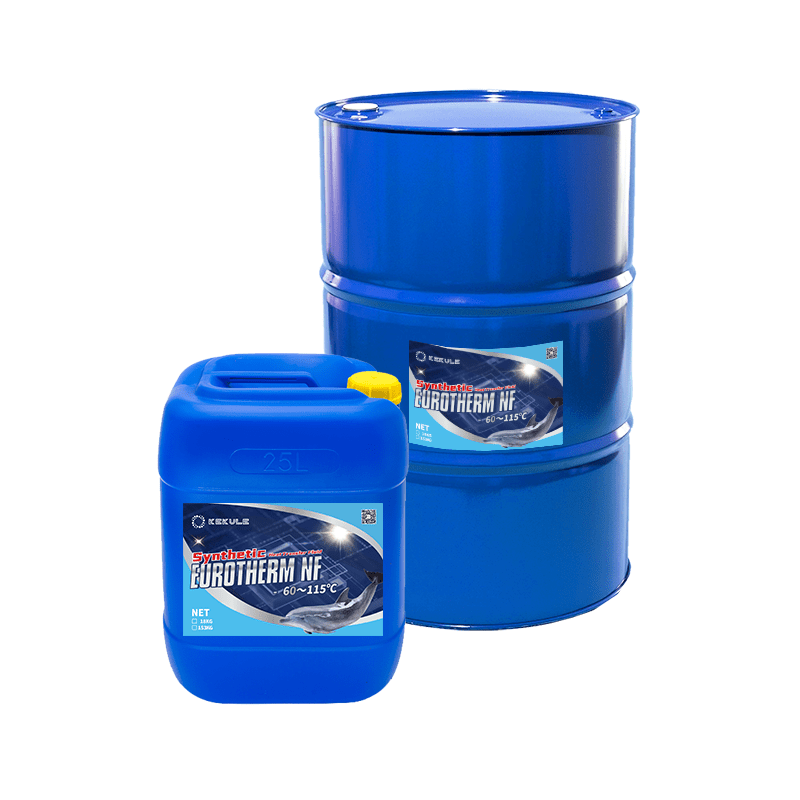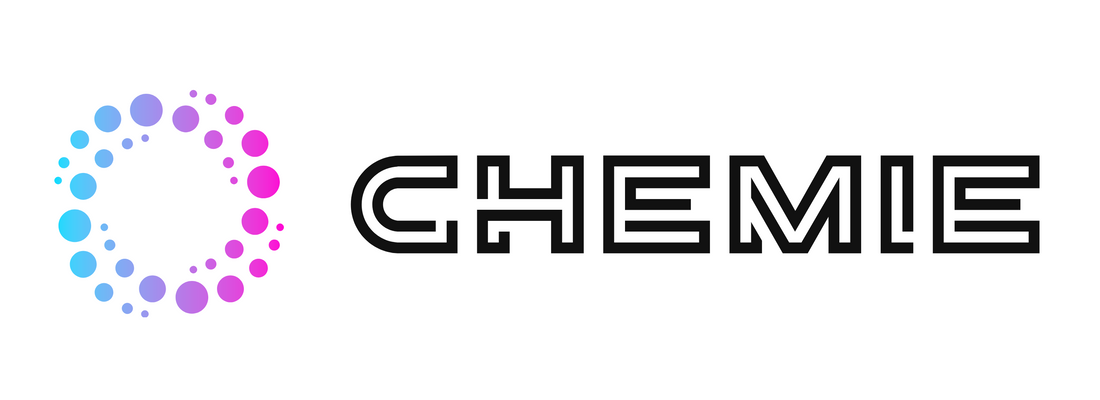The Best Guide To Chemie
The smart Trick of Chemie That Nobody is Discussing
Table of ContentsChemie for DummiesAll about ChemieThe Single Strategy To Use For ChemieThe smart Trick of Chemie That Nobody is Talking AboutGetting The Chemie To WorkChemie - Questions
By Bojanna Shantheyanda, Sreya Dutta, Kevin Coscia and David SchiemerDynalene, Inc. Liquid cooling, which can be attained making use of indirect or straight methods, is made use of in electronic devices applications having thermal power densities that may go beyond safe dissipation through air cooling. Indirect fluid air conditioning is where warm dissipating electronic components are physically separated from the fluid coolant, whereas in instance of straight air conditioning, the elements are in direct call with the coolant.In indirect cooling applications the electrical conductivity can be vital if there are leaks and/or spillage of the fluids onto the electronics. In the indirect air conditioning applications where water based fluids with corrosion preventions are typically used, the electric conductivity of the liquid coolant mainly depends on the ion focus in the fluid stream.
The rise in the ion focus in a shut loophole fluid stream may occur as a result of ion leaching from steels and nonmetal parts that the coolant fluid is in call with. During operation, the electric conductivity of the liquid may enhance to a degree which might be damaging for the air conditioning system.
More About Chemie
(https://www.gaiaonline.com/profiles/chemie999/46990986/)They are bead like polymers that can exchanging ions with ions in an option that it touches with. In the existing job, ion leaching tests were executed with different metals and polymers in both ultrapure deionized (DI) water, i.e. water which is dealt with to the highest degree of purity, and reduced electrical conductive ethylene glycol/water mix, with the determined change in conductivity reported gradually.
The samples were permitted to equilibrate at room temperature level for two days before recording the preliminary electrical conductivity. In all examinations reported in this study fluid electric conductivity was determined to a precision of 1% utilizing an Oakton CON 510/CON 6 collection meter which was adjusted prior to each dimension.
Our Chemie PDFs
from the wall surface heating coils to the center of the heater. The PTFE example containers were placed in the furnace when stable state temperature levels were gotten to. The test configuration was gotten rid of from the heating system every 168 hours (7 days), cooled down to room temperature with the electric conductivity of the liquid gauged.
The electrical conductivity of the fluid example was monitored for a total of 5000 hours (208 days). Figure 2. Schematic of the indirect shut loophole cooling down experiment set up - high temperature thermal fluid. Table 1. Parts utilized in the indirect closed loop cooling down experiment that touch with the fluid coolant. A schematic of the speculative setup is revealed in Figure 2.

5 Simple Techniques For Chemie
During operation the fluid storage tank temperature was preserved at 34C. The modification in liquid electrical conductivity was kept track of for 136 hours. The fluid from the system was gathered and kept. Closed loop examination with ion exchange material was lugged out with the very same cleaning treatments employed. The preliminary electrical conductivity of the 230ml UP-H2O in the system gauged 1.84 S/cm.

0.1 g of Dowex resin was included in 100g of liquid samples that was absorbed a different container. The mixture was stirred and alter in the electric conductivity at area temperature level was gauged every hour. The measured modification in the electric conductivity of the UP-H2O and EG-LC examination fluids including polymer or steel when engaged for 5,000 hours at 80C is shown Number 3.
The Ultimate Guide To Chemie
Ion leaching experiment: Measured change in electric conductivity of water and EG-LC coolants including either polymer or metal samples when immersed for 5,000 hours at 80C. The results indicate that metals added less ions into the liquids than plastics in both he said UP-H2O and EG-LC based coolants.
Fluids consisting of polypropylene and HDPE displayed the most affordable electrical conductivity modifications. This could be as a result of the brief, rigid, straight chains which are less most likely to add ions than longer branched chains with weak intermolecular forces. Silicone also executed well in both test liquids, as polysiloxanes are usually chemically inert because of the high bond energy of the silicon-oxygen bond which would avoid destruction of the material right into the fluid.
The Buzz on Chemie
It would be expected that PVC would generate similar outcomes to those of PTFE and HDPE based on the similar chemical frameworks of the products, nevertheless there may be other contaminations present in the PVC, such as plasticizers, that might impact the electric conductivity of the fluid - silicone fluid. Furthermore, chloride groups in PVC can also seep into the examination fluid and can cause a rise in electrical conductivity
Polyurethane entirely degenerated into the examination fluid by the end of 5000 hour test. Before and after images of steel and polymer samples immersed for 5,000 hours at 80C in the ion seeping experiment.
Calculated modification in the electrical conductivity of UP-H2O coolant as a function of time with and without resin cartridge in the closed indirect cooling loop experiment. The measured change in electrical conductivity of the UP-H2O for 136 hours with and without ion exchange material in the loop is displayed in Number 5.